Design concept of coffee shop decoration public space and workspace are integrated into one.
Nowadays, bars and cafes have a variety of interior decorations, but their commonness is to create a comfortable atmosphere. The project is unusual in that it has no attractive leisure area (and sometimes even deliberately avoided it). Its design intention is to create an environment for acquiring knowledge and to attract young people who are interested in applied science.
The idea is to integrate the public space and the workspace so as to provide a better platform for communication and interaction for young people studying here. Modular tables can be combined into geometric square desks for lectures. The design is a simple model of Kepler's "mysterious universe" theory.
The lamps and lanterns in the coffee shop are made of chemical test tubes; personal storage cabinets and self-service coffee are provided. In addition, there are eight different disciplines of bookcases, namely: civil and environmental engineering, shipbuilding, mechanical engineering, equipment engineering, aerospace engineering, chemical engineering, nuclear energy science and engineering and biological engineering.
I find it very interesting to stimulate people's interest in science. Perhaps, this unique design can derive practical applications and bring new technologies and inventions through the sharing of scientific knowledge.
First of all, the main element in the coffee shop is the chandelier "Angewandte Chemie" (meaning applied science in German) specially designed and made for the project. This chandelier looks a lot like a classic crystal chandelier, but I replaced it with an ordinary chemical test tube. The frame from which the test tube is suspended is made of black metal. I originally planned to replace LED with a gradual discoloration liquid, but then decided to apply this idea to other projects.
When designing this project, I came across a Soviet magazine Science and Life published in 1973, in which there was an interesting article about the invention of carbon filament lamps, which made me see the unparalleled artistic beauty of carbon filament lamps. I was fascinated by stories about physicists and their inventions. For example, the great Russian scientist Alexander Lodygin invented the incandescent light bulb in 1872. He proposed and patented a grand project to promote the invention in big cities. But speculation led to the project's failure. Edison Electric Lighting Company was founded by Edison in 1879 to sell incandescent lamps.
Because the size of the test tube is too small, these light bulbs cannot be used. In addition, incandescent bulbs consume more electricity and cost more (more than $20). So, in the end, I decided to paint the test tube in brandy and fuchsia, which was illuminated by LED lights.
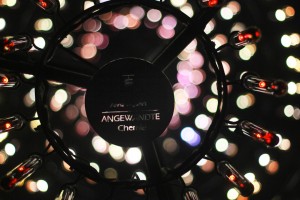
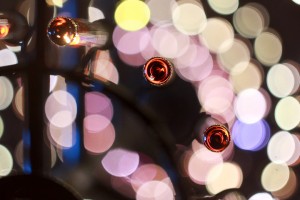
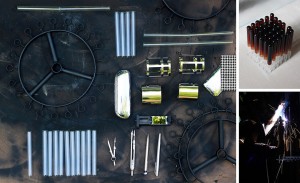
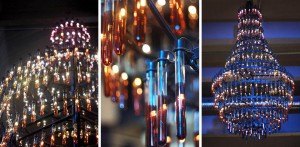
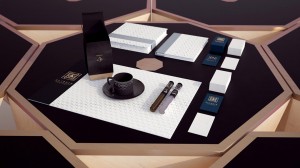
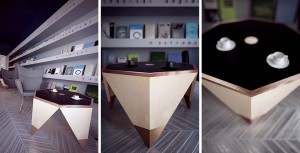
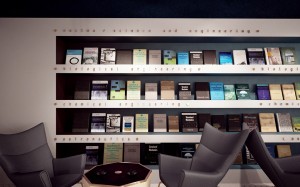
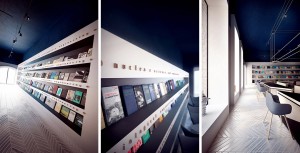
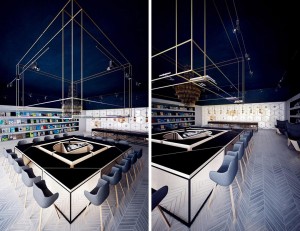
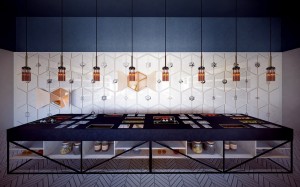
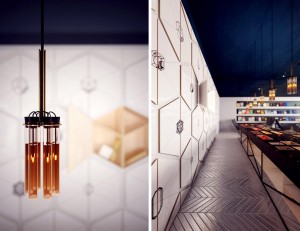
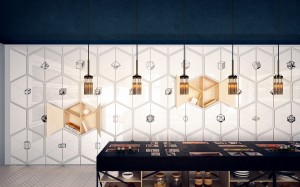
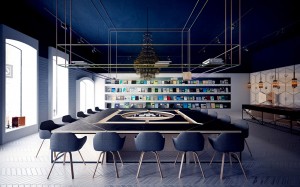
Important Notice :
前街咖啡 FrontStreet Coffee has moved to new addredd:
FrontStreet Coffee Address: 315,Donghua East Road,GuangZhou
Tel:020 38364473
- Prev
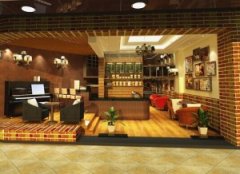
The positioning of cafes is very important.
1. The first thing to consider in opening a coffee shop is the positioning of the coffee shop, which provides services to those customers who you need to know deeply before you know what they need. Positioning determines how much money needs to be invested, whether to join, the location in which area, the decoration style, the type of products in the menu, the pricing of products, and the purchase of raw materials.
- Next
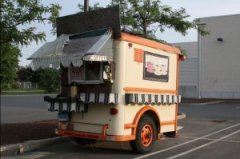
Is it better to join a coffee shop or to open your own coffee shop?
When Starbucks and Costa entered the Chinese market on a large scale, domestic coffee chains were losing ground. Shangdao Coffee, one of the leaders of domestic coffee, closed half of its stores in Chengdu, but now there are only 10. When Starbucks and Costa enter the Chinese market on a large scale, it is absolutely fashionable for ordinary people to taste a cup of mellow coffee in Shangdao Coffee. But now, it's messing around.
Related
- What documents do you need to go through to open a coffee shop? coffee shop coffee shop certificate processing process
- How to purchase Coffee beans in small Cafe how to choose a suitable supplier for domestic Coffee supply Company
- How to drink Starbucks Fragrance White Coffee? how to make Australian White Coffee? what Italian coffee beans are recommended?
- The Story of Flora Coffee: the name of Flora Coffee Bean and the implication of the Flowers on Florna Coffee
- How much does a cup of coffee cost? How much is the profit of a cup of coffee? What is the profit of the coffee shop in a year?
- Yunnan small Coffee, known as "fragrant Coffee", introduces the characteristics of Alpine Arabica Coffee producing areas in Yunnan, China
- 2023 latest Starbucks full menu price list how much is a cup of Starbucks coffee what is better to drink the most popular hot and cold drinks recommended
- Starbucks different kinds of Coffee Price list Starbucks menu 2023 Top Ten Best drinks in Starbucks
- Starbucks Spring praise Comprehensive matching Coffee Bean theme Story Packaging implication and taste description
- The cost of a cup of coffee latte American coffee cost price and selling price

